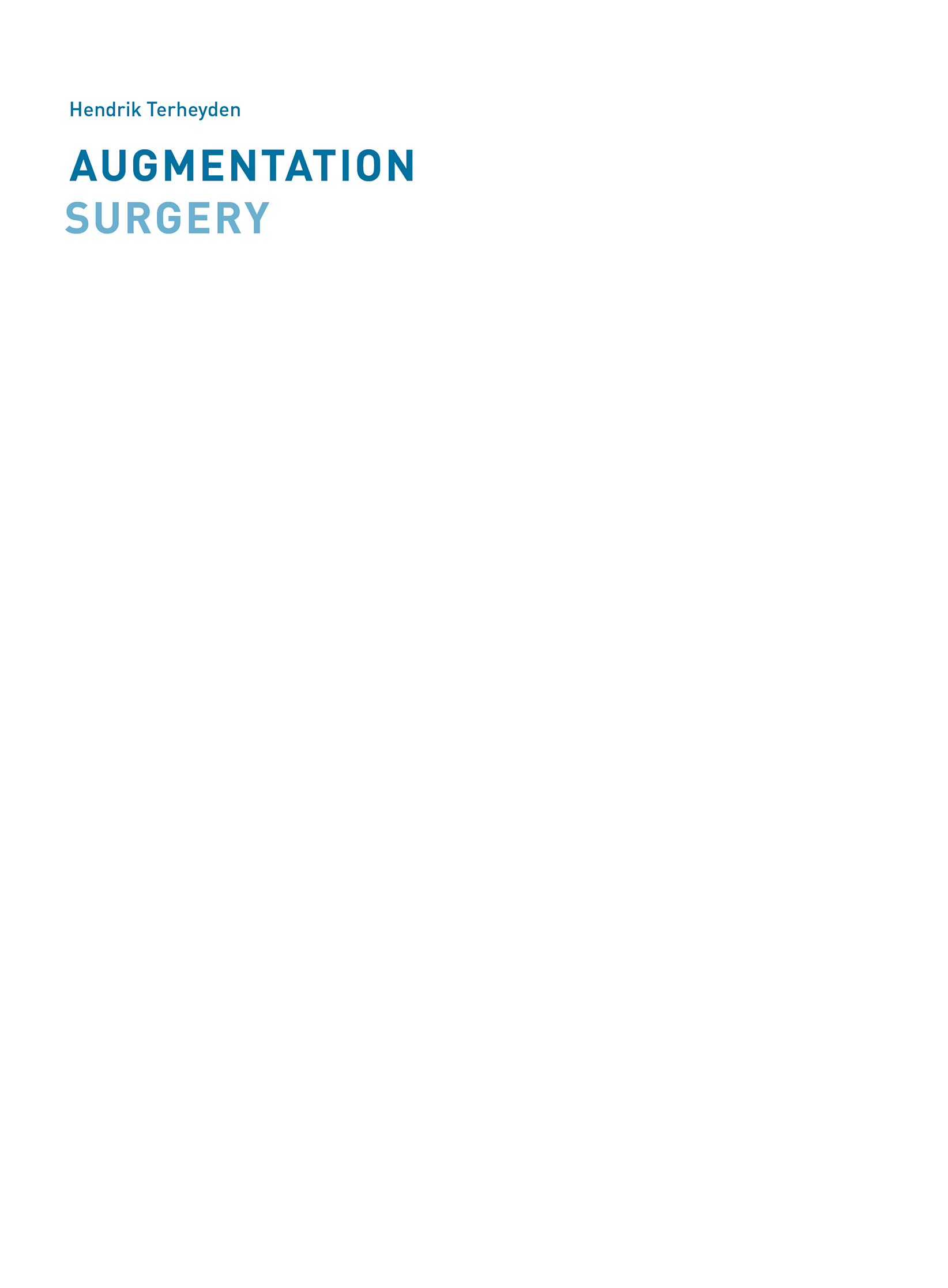
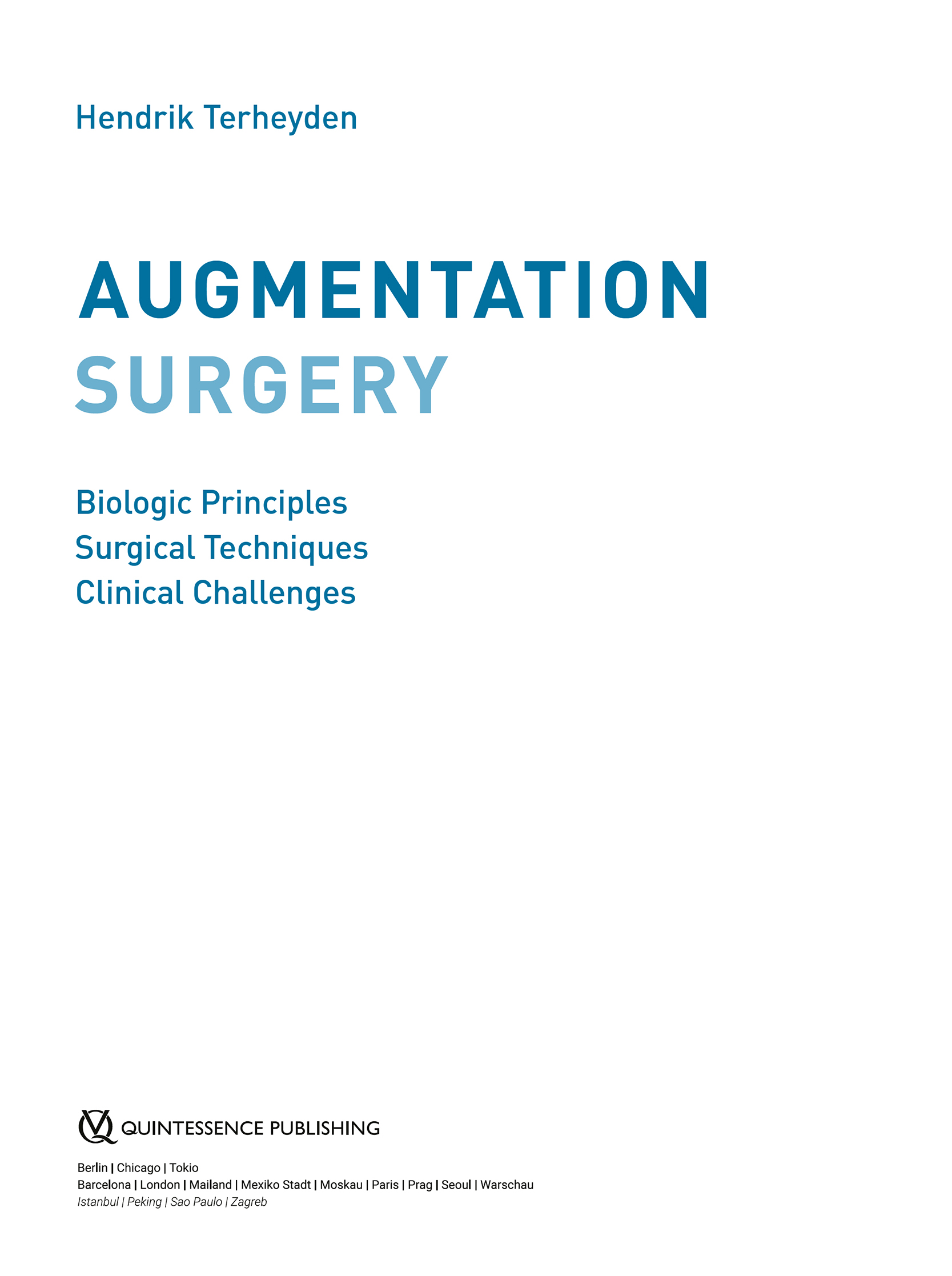
 One book, one tree: In support of reforestation worldwide and to address the climate crisis, for every book sold Quintessence Publishing will plant a tree (https://onetreeplanted.org/).
One book, one tree: In support of reforestation worldwide and to address the climate crisis, for every book sold Quintessence Publishing will plant a tree (https://onetreeplanted.org/).
A CIP record for this book is available from the British Library.
ISBN: 978-3-86867-619-8

Quintessenz Verlags-GmbH Ifenpfad 24 12107 Berlin Germany www.quintessence-publishing.com | Quintessence Publishing Co Ltd Grafton Road, New Malden Surrey KT3 3AB United Kingdom www.quintessence-publishing.com |
Copyright 2022
Quintessenz Verlags-GmbH
All rights reserved. This book or any part thereof may not be reproduced, stored in a retrieval system, or transmitted in any form or by any means, electronic, mechanical, photocopying, or otherwise, without prior written permission of the publisher.
Editing: Quintessence Publishing Co, Inc, Batavia, USA
Layout and Production: Quintessenz Verlags-GmbH, Berlin, Germany
Reproduction: Quintessenz Verlags-GmbH, Berlin, Germany
Preface
Bone augmentation of the alveolar process is something special for medicine. In addition to the dental prosthetic options, there is the possibility here of true biologic regeneration of the alveolar bone, a restitutio ad integrum. The new bone can be functionally preserved over the long term thanks to dental implants. Bone augmentation is therefore in principle a functionally based medical rehabilitation, the esthetic aspects of which must not be disregarded. As my teacher Prof Dr Dr Franz Hrle used to say, If you get the function right, the esthetics will fall into your lap.
This book is aimed at dental colleagues as an introduction to the topic of augmentation and is intended to provide experienced colleagues as well as oral and maxillofacial surgeons with many practical tips. There is a relatively wide range of information and training available in the new media; it is even possible to receive surgical training on video portals. In knowledge management, the task is to separate the wheat from the chaff and to distill the relevant information from the mass of it. It takes a lot of judgment to be able to better assess from the abundance of innovations what will prove itself in the future and what is therefore already worth an investment in clinical practice today. Therefore, even in the modern world of technology, there is still a place for a classic scientific textbook. This book aims to contribute to knowledge management and judgment within the practical background of clinical care and practice.
The book includes the topics of basic biology, surgical techniques, and clinical challenges and decision making. The biologic principles are addressed to the extent that they have clinical consequences. Fundamentally, classical dentistry has long been based relatively heavily on material science, and consequently so has academic training. This was consistent because classical conservative and prosthetic dentistry took place outside the ectodermal barrier, essentially outside the body. Today, dental implants mean that dentists are increasingly working invasively inside the body, so that the classical training content needs to be supplemented. Today, among other things, the biology of wound healing, the bodys reaction to antigens and foreign materials, and antibiotics and resistance are coming more to the fore, alongside the medical management of an invasively treated patient and the reaction to complications.
The operational techniques require surgery, unless one specializes in the prosthetic restoration of dental implants. But even then, knowledge of the surgical options is helpful in advising the patient. Even if one does little augmentation oneself at first, one should know the augmentation possibilities, along with their limitations in at-risk patients, in order to be able to properly refer them to a specialist. In general, a certain restraint is advised when teaching surgical techniques via drawings and animations because paper is known to be uncomplaining, which is why this book relies more on clarification through real clinical cases.
Experience and knowledge of the biologic background are essential for overcoming clinical challenges and making decisions, because dentistry is a science-based discipline. Differential indication means the risk-benefit assessment of which procedure offers the highest safety and the best effect for which situation and patient. This book attempts to facilitate this step in the form of a treatment-planning concept based on indications. It is therefore about decision making, preferably in consensus with the patient as shared decision making.
I would like to thank Quintessenz Verlag, especially senior director Dr h.c. Horst-Wolfgang Haase for the invitation and managing director Christian Haase for the publishing realization despite coincidence with the coronavirus crisis. I have been in close contact with Dr rer. biol. hum. Alexander Ammann for years, among other things through his work in the film and book series Visual Biology, and I am also indebted to him for this book for numerous intellectual suggestions. I would like to thank Bryn Grisham and her team, Anita Hattenbach and Viola Lewandowski for editing the book, as well as my son, Immo Terheyden, DDS. The patience and skill in translating my wishes into perfect drawings are worthy of special thanks to Mrs. Christine Rose. For the production I could rely on Mrs. Ina Steinbrck. Last but not least I would like to thank the numerous colleagues in the scientific exchange internationally and nationally. In particular, the participants in my courses and continuing education courses have always stimulated me to further thinking and practice in bone augmentation by asking questions and reporting on the challenges of their practice activities. In particular, I would like to mention the Implantology Curriculum of the German Society for Implantology and the Academy for Practice and Science of the German Society for Dental, Oral and Maxillofacial Medicine, as well as the Master of Science course. Not the least thanks are due to my wife, Dr med Eva Ulrike Terheyden Niemann for her professional suggestions and corrections and support during the time-consuming and not very family-friendly business of book writing. I would like to address the last sentence to you, dear readers, with the request to enter into an exchange with me and to discuss the contentsthis is the only way to move our field forward. Thank you very much for your time.
Prof Dr med Dr med dent Hendrik Terheyden, FEBOMFS
Author

Prof Dr med dent Hendrik Terheyden is head physician at the Department of Oral and Maxillofacial Surgery, Helios Hospital in Kassel, Germany.
Hendrik Terheyden studied dentistry from 1983 to 1989 at the University of Kiel. In 1989, he was a staff physician for the Navy in Flensburg. From 1989-1992 he studied human medicine at the University of Kiel. In 1993 he became a specialist in oral surgery and in 1997 a specialist in oral and maxillofacial surgery with the additional title of plastic surgery (1999). In 1999 he completed his PhD (Habilitation) at the University of Kiel. He received the Wassmund Prize of the German Society for Oral and Maxillofacial Surgery (DGMKG). In 2004, he became an adjunct professor at Kiel University. From 2009 to 2012, he was president of the German Society for Implantology, and from 2017 to 2019, he was Chairman of the Oral and Maxillofacial Surgery Working Group of the German Society for Oral and Maxillofacial Surgery (DGZMK). Since 2006, Prof Terheyden has been section editor of the

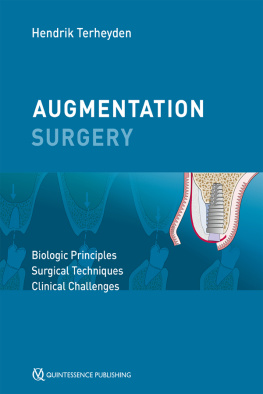

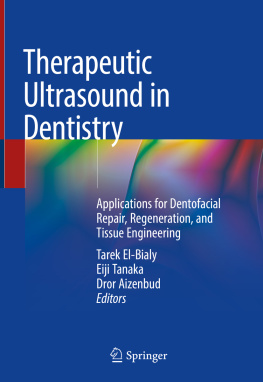
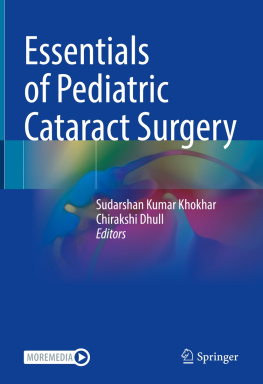
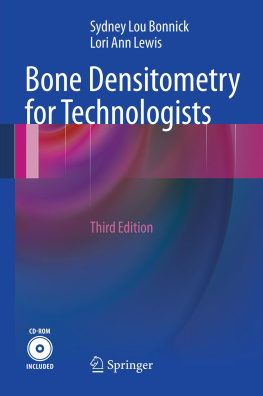
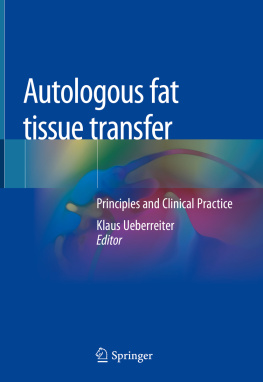
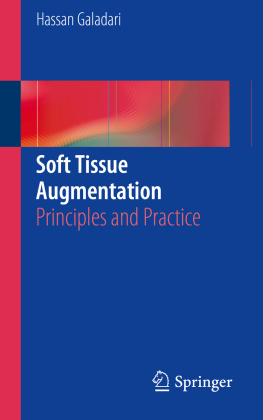

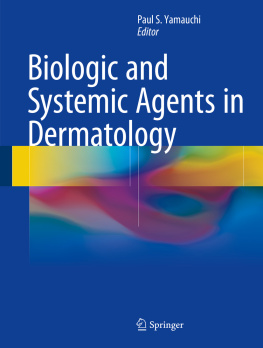
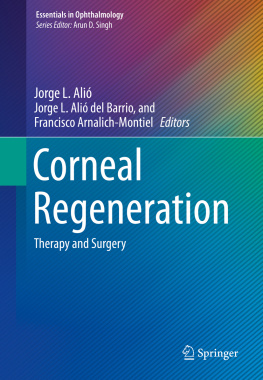
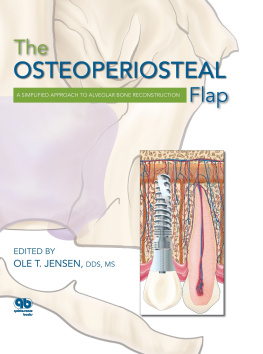



 One book, one tree: In support of reforestation worldwide and to address the climate crisis, for every book sold Quintessence Publishing will plant a tree (https://onetreeplanted.org/).
One book, one tree: In support of reforestation worldwide and to address the climate crisis, for every book sold Quintessence Publishing will plant a tree (https://onetreeplanted.org/).
